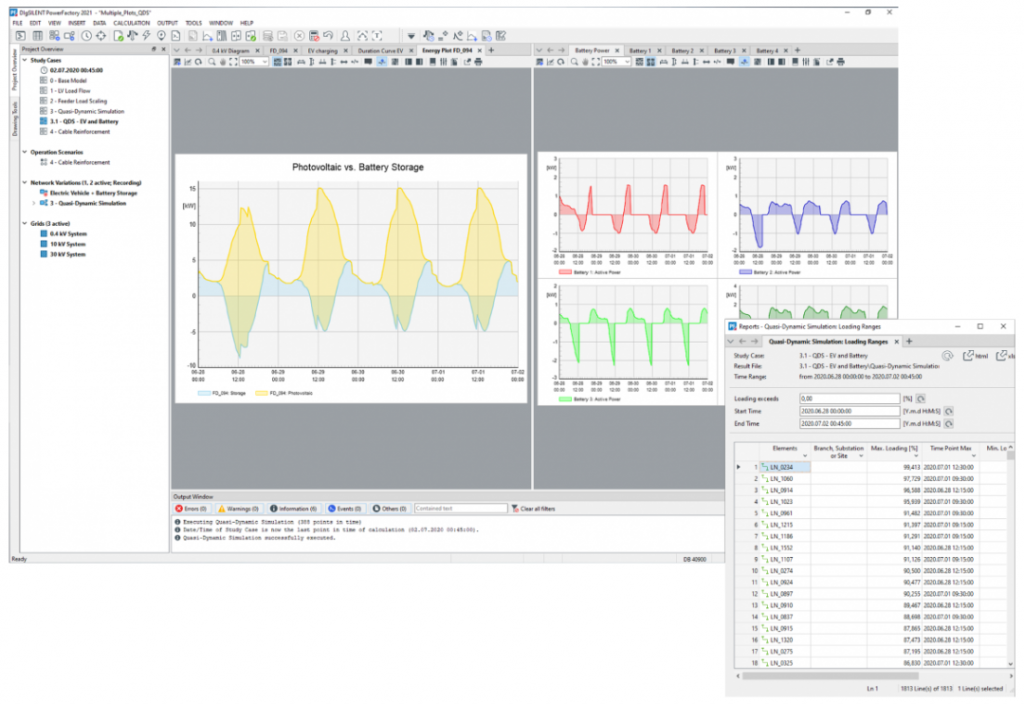Optimising Electrical Power Systems with Precision and Expertise
Comprehensive power system modelling & analysis tailored to your needs. From short circuit and load flow analysis to transformer energisation and power system transient studies, we cover every critical need to optimise and safeguard your electrical assets.

Our Capabilities
- Load Flow Analysis
- Short Circuit Studies
- Protection Coordination Studies
- Transformer Energisation Studies
- Arc Flash Studies
- Grid Code Compliance Studies
- Transient Motor Starting
- Transient Stability and Load Shedding
- Electromagnetic Transient Studies
- Insulation Coordination Studies
- P28 Studies
- P29 Studies
- G5/5 Harmonic Studies
- Quasi-Dynamic Simulation Studies
- Reliability and Contingency Analysis
Driving Efficiency Through In-Depth Power System Studies
Our Power System Studies provide deep insights into the performance and reliability of your electrical infrastructure. From load flow analysis to short transient stability studies, our expert team ensures your systems operate safely, efficiently, and in compliance with regulatory standards. We work tirelessly to establish and maintain secure operational environments and minimise unexpected downtime. Our services include extensive data collection, simulations, and optimisation of load distribution to reduce inefficiencies and enhance system reliability.










